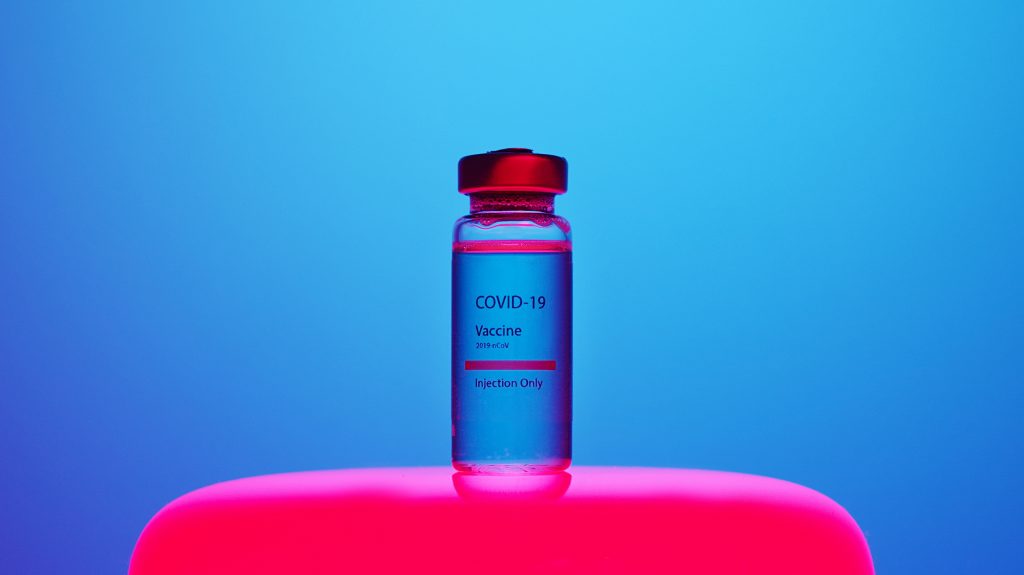13 January 2021
The Oxford AstraZeneca (AZ) vaccine has been developed by Oxford University in the UK. It is intended to vaccinate and protect persons aged 18 years or over from coronavirus (SARS CoV 2) which causes COVID-19.
St Helena has just received 100 AZ vaccines from the UK Government, with the intention that they will be given to the Islands frontline workers. Frontline workers are defined as those at most risk of exposure. In St Helena’s case this would be those persons involved in managing arrivals to the Island (at the point of arrival and through the 14 day quarantine period) and those persons who would provide patient care if there was to be a positive case of COVID-19.
The first round of vaccinations for frontline workers is due to be completed by the end of January 2021 and will comprise of giving the majority of frontline workers their first dose of the vaccine, while those at the top of the priority list will receive both their first and second doses. Beyond this, SHG is in the process of planning and implementing a vaccination programme for the Island during 2021, deadlines for this will be dependent on the timing of delivery of further vaccines.
How is it made?
The vaccine is made from a weakened version of a common cold virus (known as an adenovirus). It has been modified to act more like coronavirus however it cannot cause the actual illness. It is then formulated to be able to be injected into the human body.
How does it work?
The vaccination is done by having two doses of the vaccine injected, usually in the upper arm. The second dose can be given between 3-12 weeks after the first has been administered. The vaccine works by stimulating the body’s immune system, causing the body to react to the vaccine by producing its own antibodies. These antibodies then fight against the virus, should you be exposed to it. It takes a while for the body to start producing these antibodies, so you will not start to be protected until several days to two weeks after receiving the first dose. After the second dose your body will continue to strengthen its immunisation against the virus. You will only receive the full effective protection of the vaccine after having the both doses.
Protection after vaccination
There is still not sufficient medical evidence to suggest that you will not be able to contract COVID-19 after vaccination. You may still be able to contract COVID-19, have no symptoms or illness due to being vaccinated, but still spread the virus amongst family, friends or colleagues who may be at higher risk or have not been vaccinated. Therefore you will need to continue to take sensible precautions such as maintaining hand washing and respecting quarantine rules during the time between injections and even after being fully vaccinated.
How safe is it?
Any vaccines approved for use in the UK will have met strict standards of safety, quality and effectiveness set out by the Medicines and Healthcare Products Regulatory Agency (MHRA). Any coronavirus vaccine that is approved must go through all the clinical trials and safety checks that other licensed medicines go through. The MHRA follows international standards of safety.
The vaccine will offer millions around the world the ability to return to some kind of a normal. It does not mean that COVID-19 will disappear but it is a start to moving forward and repairing the devastation that this disease has caused in the last year to communities and economies around the world. St Helena remains COVID-19 free and by vaccinating key workers, we are reinforcing our ability to combat this disease.
More information and details on the vaccine and developments on the vaccination programme will be given over the coming weeks.
#StHelena #COVID-19 #OxfordAstraZenecaVaccine
https://www.facebook.com/StHelenaGovt/
https://twitter.com/StHelenaGovt
SHG
13 January 2021
